Introduction
Fried rice, a culinary staple across numerous cultures and cuisines, is often underestimated in its complexity. While it may seem like a simple dish to prepare, achieving that perfect, restaurant-quality fried rice—where each grain of rice stands alone, coated in a flavorful sauce, and slightly crispy on the edges—is an art form. This guide aims to demystify the process and provide comprehensive steps and tips on how to cook fried rice so that every grain is distinct and delicious.
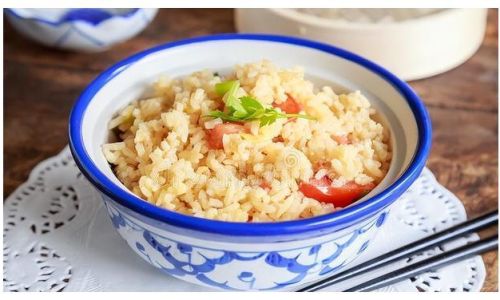
Understanding the Basics: Rice Selection and Preparation
Before diving into the frying process, it’s crucial to start with the right kind of rice. The most commonly used types for fried rice are long-grain varieties such as jasmine, basmati, or, classically, Chinese-style rice like Indica rice. These varieties have a lower starch content compared to short-grain rices like sushi rice, which can become gluey when stir-fried.
Cooking the Rice:
-
Rinse the Rice: Begin by rinsing the rice under cold running water until the water runs clear. This removes excess starch that can cause the grains to stick together.
-
Soak (Optional): Some chefs recommend soaking the rice for about 30 minutes before cooking to soften it slightly and ensure even cooking. However, this step is optional and depends on personal preference and the type of rice used.
-
Cooking Method: Use the absorption method for best results. Bring a pot of water (usually a 1:1.2 ratio of water to rice) to a boil, add the rice, stir once, then reduce the heat to low, cover, and let it simmer for about 15-20 minutes or until the water is absorbed. Alternatively, you can use a rice cooker, which simplifies the process.
-
Cooling: Once cooked, spread the rice out on a baking sheet to cool completely. This is a vital step as it helps firm up the grains and prevents clumping. You can refrigerate the rice overnight for even better results, as the cold temperature further dries out the grains.
The Art of Stir-Frying: Techniques and Ingredients
Now that you have perfectly cooked and cooled rice, it’s time to focus on the stir-frying process. The key to achieving grain-by-grain separation lies in the technique, the choice of oil, and the order of ingredient addition.
Choosing the Right Oil:
- High Smoking Point: Use an oil with a high smoking point, such as peanut oil, vegetable oil, or canola oil. This ensures the oil can withstand the high temperatures needed for stir-frying without smoking or burning, which would impart unwanted flavors.
Preparing the Wok or Pan:
-
Preheat the Pan: Always preheat your wok or large, flat-bottomed pan over medium-high to high heat. A well-heated pan ensures that the rice doesn’t stick and that it cooks evenly.
-
Oiling the Pan: Add a small amount of oil to the preheated pan and swirl it around to coat the surface evenly. This creates a non-stick layer.
The Stir-Fry Sequence:
-
Aromatics: Begin with aromatics such as finely chopped garlic, ginger, and scallions. These should be stir-fried until fragrant but not burnt, which takes just a few seconds.
-
Proteins and Vegetables: Next, add any proteins (like shrimp, chicken, or tofu) and vegetables (such as carrots, peas, and bell peppers). These should be cooked until they are nearly done but still slightly crisp. It’s important to cook these ingredients separately or in stages to avoid overcooking and to maintain their texture and color.
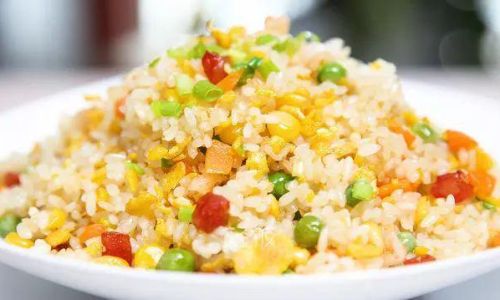
-
Adding the Rice: Once the proteins and vegetables are cooked, push them to the side of the pan and add a bit more oil if needed. Add the cooled rice to the center of the pan and stir-fry, constantly tossing and stirring to ensure even heating. The high heat and constant movement are crucial for achieving that crispy, separate grain texture.
Seasoning and Sauce:
-
Sauce Preparation: Before adding the sauce directly to the rice, it’s often better to mix it in a bowl. A classic fried rice sauce might include soy sauce, oyster sauce, sesame oil, a pinch of sugar, and a splash of water or chicken stock for thinning. Adjust the quantities to taste.
-
Adding the Sauce: Pour the sauce over the rice and continue to stir-fry, ensuring that every grain is evenly coated. Be cautious with the amount of liquid, as too much can make the rice soggy.
-
Final Touches: Optionally, you can add beaten eggs directly into the rice during the final stages of stir-frying. The heat will cook the eggs, creating streaks of soft-scrambled egg throughout the rice. Sprinkle with a bit of white pepper, salt (if needed, as soy sauce is already salty), and a handful of chopped green onions for garnish.
Troubleshooting Common Issues
Even with the best intentions and techniques, issues can arise. Here are some common problems and solutions:
-
Clumpy Rice: If the rice sticks together, it may not have been cooled properly or the pan wasn’t hot enough. Ensure the rice is thoroughly cooled and the pan is preheated to high before adding the rice.
-
Soggy Rice: Too much sauce or stir-frying on too low heat can result in soggy rice. Adjust the sauce quantities and maintain a high heat throughout the stir-frying process.
-
Burnt Aromatics: Aromatics like garlic and ginger can burn quickly if the heat is too high or if they are left in the pan for too long. Stir constantly and remove them from the heat once fragrant.
Conclusion
Cooking grain-by-grain perfect fried rice is a combination of science and art. By selecting the right rice, preparing it correctly, and mastering the stir-fry technique, you can transform a humble dish into a culinary masterpiece. Remember, practice makes perfect, and with each attempt, you’ll get closer to achieving that restaurant-quality fried rice that everyone loves.
Moreover, fried rice is a versatile dish that can be adapted to suit various tastes and dietary preferences. Whether you’re adding vegetables for a healthier twist, incorporating different proteins for a more filling meal, or experimenting with exotic spices and herbs, the possibilities are endless.
So, the next time you’re in the kitchen, gather your ingredients, preheat your wok, and embark on your journey to creating the perfect bowl of fried rice. With patience, attention to detail, and a love for cooking, you’ll soon be serving up grain-by-grain perfection that will delight your family and friends. Happy stir-frying!
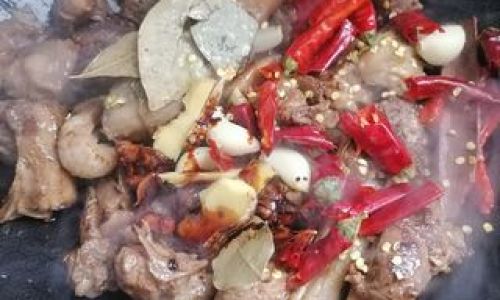
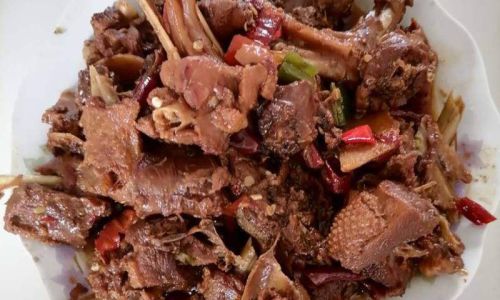

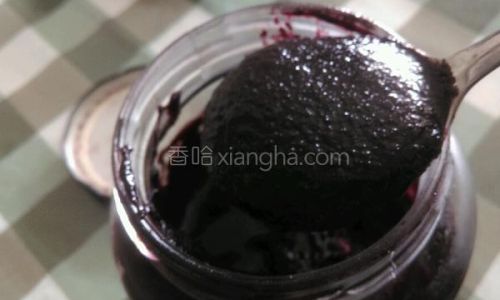

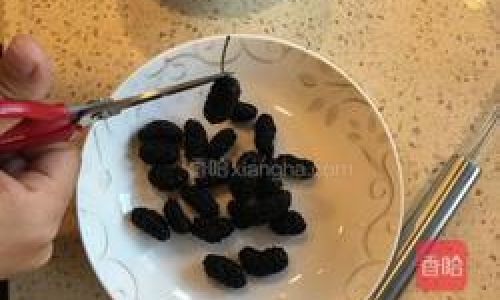
0 comments